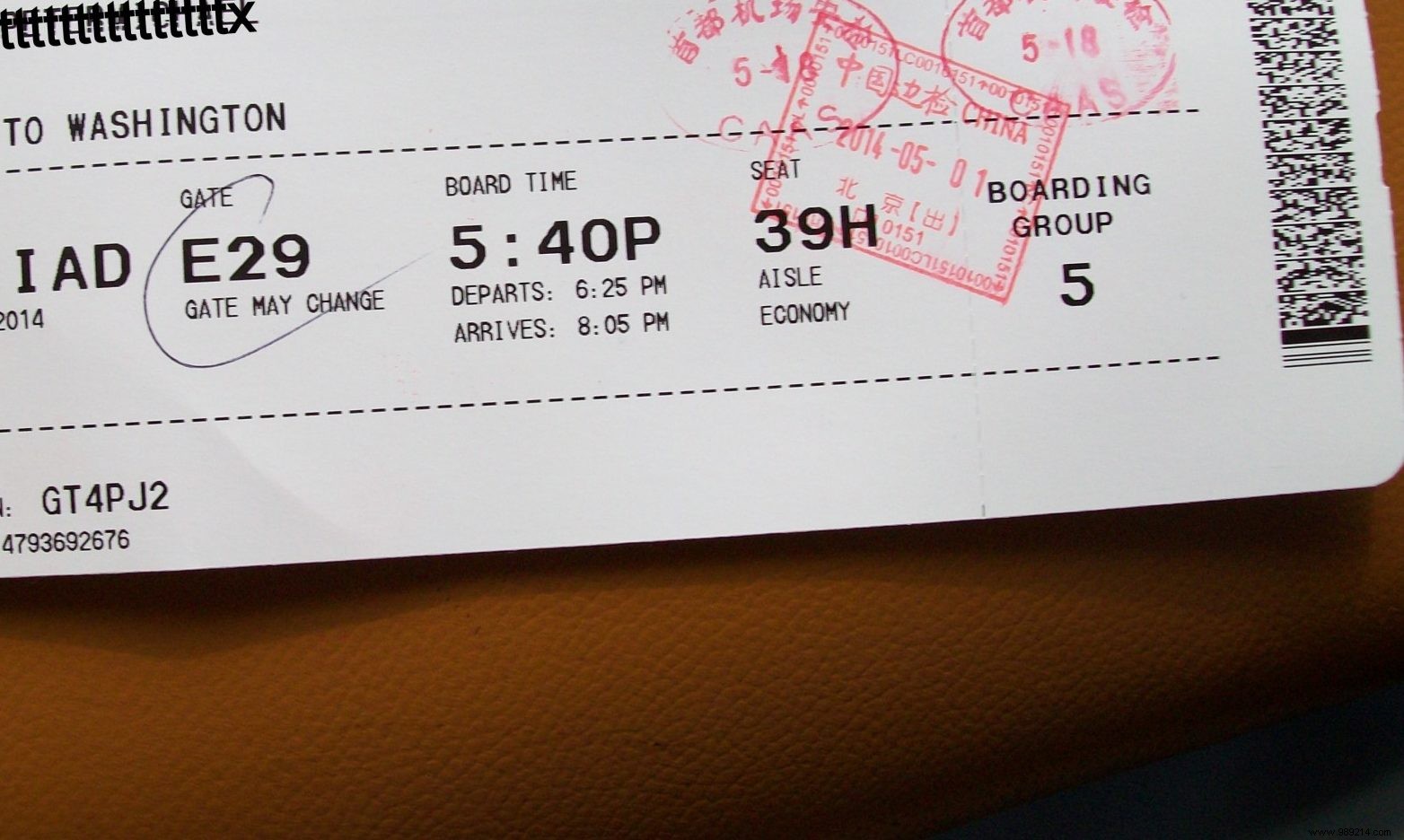On Earth, few people suffer from hyperthymesia, an extremely rare psychological condition. This is characterized by a superior ability to access autobiographical memories. In other words, it is about an exaltation of episodic memory.
Do you remember what you did on the evening of April 18, 2012? Your seat number on a flight you took three years ago? Surely not. Otherwise, it is highly possible that you are one of that handful of humans with hyperthymesic syndrome (or hyperthymesia), a very rare condition known as Highly Superior Autobiographical Memory (HSAM) in the English-speaking world. The first documented case dates from 1965, and the first diagnosed case from the 2000s.
As an article by NewScientist explains May 25, 2021, hyperthymesia affects about 100 people in the world. These have a higher form of autobiographical (and photographic) memory. These people can remember all kinds of details very easily, even those that are usually insignificant for ordinary mortals. In 2010, CBS devoted a program to the subject titled:Understanding the Gift of Endless Memory.
To have such a memory, no doubt many would dream of it. However, this possible consideration would make HSAM people privileged. However, not being able to forget can have perverse effects, such as the impossibility of turning the page after an unfortunate event.

First studies have recently attempted to focus on this phenomenon. One of the objectives was to try to determine if the brains of HSAM people really had differences with those of others. However, the work has confirmed that the individuals concerned are not better learners than the others. On the other hand, when information is printed in their memory, the latter becomes almost unbreakable.
In other words, it is about a higher capacity for involuntary memorization. Experts refer to eidetic memory, which is more efficient than photographic memory. It turns out that HSAM people looking at a photo need only a few seconds to memorize the image in its smallest details. Early work suggests that the caudate nucleus and the putamen are involved. These are two of the three components of the basal ganglia, together forming the lenticular nucleus.
Researchers today want to make more observations. The goal ? Understand if it will one day be possible to give everyone the means to learn new techniques with the aim of improving their memory. If so, it could be that hyperthymesia is just a biological abnormality.